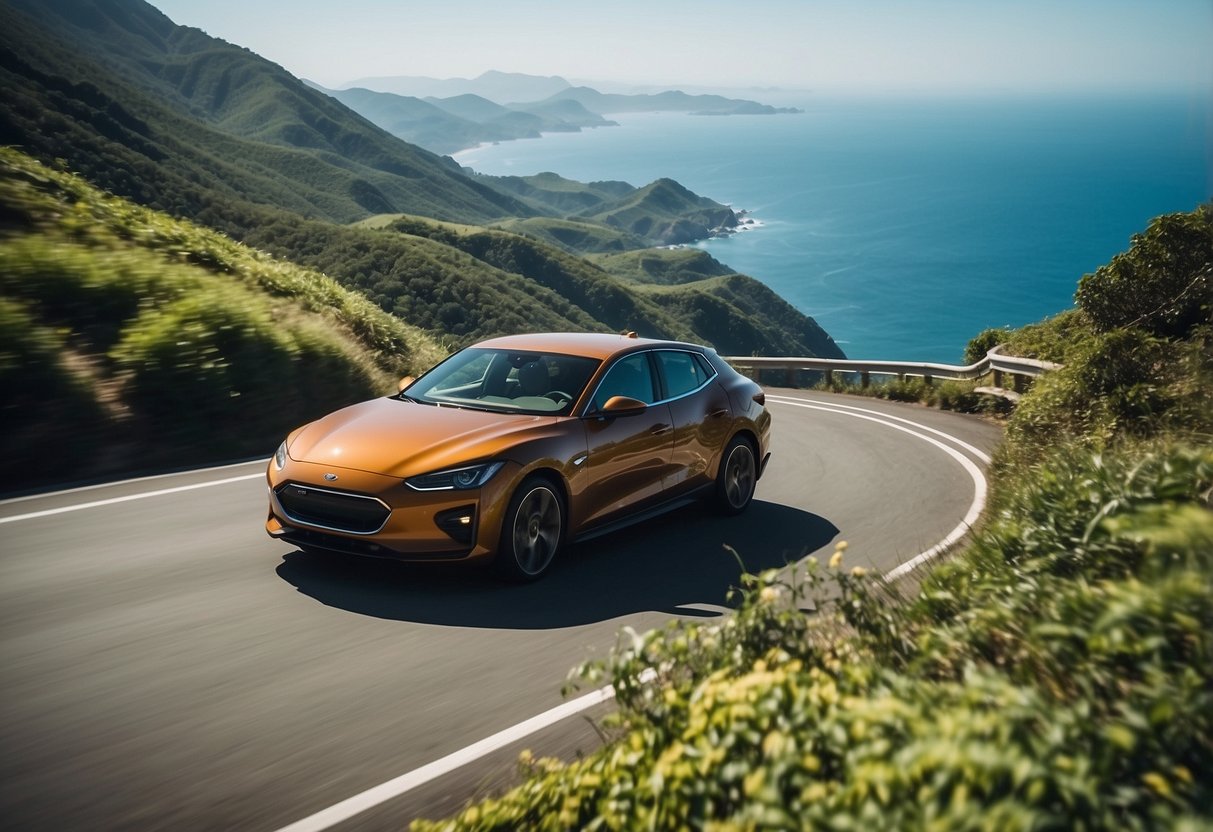The Future of Electric Vehicles: What Lies Ahead?
As we stand on the brink of a technological revolution, the future of electric vehicles (EVs) is not just promising; it is transformative. This article delves deep into the complexities and multifaceted aspects shaping the future of EVs, shedding light on what consumers, manufacturers, and policymakers can expect in the coming years.

1. Advances in Battery Technology
One of the pivotal factors influencing the future of electric vehicles is advancements in battery technology. The next decade may witness breakthroughs in solid-state batteries, which promise higher energy density, quicker charging times, and improved safety compared to lithium-ion batteries. Companies like QuantumScape and Toyota are at the forefront of this research. Enhanced battery technology will not only extend the range of EVs but also reduce costs, making them accessible to a broader audience.
2. Charging Infrastructure Development
The expansion of charging infrastructure is paramount for the future of electric vehicles. As cities and countries invest in establishing comprehensive networks of fast chargers, the range anxiety that many potential EV users face will diminish. The U.S. government aims to install 500,000 charging stations by 2030, while Europe is integrating high-capacity chargers into its road systems. Furthermore, collaboration between public and private sectors is critical in accelerating this growth.
3. Autonomous Electric Vehicles
The integration of autonomous driving technology with electric vehicles is set to redefine mobility. Major tech companies and automakers are investing heavily in this area. The future of electric vehicles will likely include self-driving features that can optimize energy consumption and enhance safety. Level 4 and Level 5 autonomy could allow vehicles to operate without human intervention, fundamentally changing urban transportation and logistics.
4. Policy and Regulation Shifts
Government policies will play an essential role in determining the trajectory of electric vehicles. Many countries are implementing stricter emissions regulations and providing incentives for EV purchases. By 2030, several nations plan to phase out internal combustion engine vehicles entirely. The commitment to sustainability through green initiatives is a significant driver for the electric vehicle market. Understanding how these policies evolve will be crucial for predicting the future of EVs.
5. Increased Consumer Adoption
Consumer attitudes toward electric vehicles are changing rapidly. The perception that electric vehicles are slow and lack luxury features is dissipating. Future models from major manufacturers will include high-performance vehicles that rival traditional sports cars while being more sustainable. Consumers are increasingly prioritizing environmental factors and total cost ownership, making EVs a more favorable option.
6. Sustainable Manufacturing Practices
As the future of electric vehicles unfolds, so does the need for sustainable manufacturing processes. Companies are focusing on reducing the carbon footprint associated with vehicle production. This includes sourcing raw materials responsibly and recycling battery components. Innovations in manufacturing technologies are also ensuring that the production of electric vehicles remains eco-friendly, aligning with consumer expectations and regulatory requirements.
7. The Role of Renewable Energy
Electric vehicles are only as green as the energy used to power them. The transition toward renewable energy sources is directly linked to the future of electric vehicles. Widespread adoption of solar, wind, and other renewable energy sources can significantly reduce the carbon footprint of charging EVs. As grid infrastructure improves and becomes more decentralized with technologies such as microgrids, the sustainability of electric vehicles will further be enhanced.
8. The Impact of Consumer Behavior and Trends
The future of electric vehicles is also influenced by changing consumer behaviors and preferences. The millennial and Gen Z generations prioritize sustainability, which is driving a surge in demand for electric vehicles. Understanding how these demographics perceive mobility and their willingness to adopt new technologies will be crucial for automakers and policymakers alike. Developing apps and platforms that keep consumers engaged with their vehicles (like smart charging solutions) can create a loyal customer base.
9. Global Market Dynamics
As the future of electric vehicles progresses, global market dynamics will shape the landscape. Emerging markets are beginning to embrace electric vehicles, driven by government incentives and the declining costs of EVs. Additionally, the competitive landscape is becoming more crowded as startups and established automakers alike vie for market share. This global competition will push innovation, ensuring that the offerings of electric vehicles continue to evolve rapidly.
10. Conclusion: A Future of Promise
The future of electric vehicles is marked by significant milestones on the horizon. From battery innovations and expanded charging infrastructure to policy shifts and consumer behavior changes, a range of factors will define the EV landscape in the coming years. The convergence of these elements suggests a transformation not just in the automotive industry but in the very way we think about transportation, sustainability, and technology. As stakeholders in this industry adapt to and drive these changes, the electric vehicle will no longer be simply an alternative—it will be the future.
New posts

Maximizing Your Savings: A Complete Guide to Rebates for Home EV Chargers
Home Improvement

How Often Do You Have to Charge an Electric Car? A Comprehensive Guide
Sustainability

Comparing Wired and Wireless EV Charging Systems: A Comprehensive Analysis
Automotive

EV Charging in the Smart City Era: Revolutionizing Urban Mobility
Sustainability

The Role of EV Charging in Urban Planning: A Sustainable Future
Sustainability

How Cities Are Adapting to Electric Vehicle Charging: Innovations and Strategies
Sustainability

Challenges in Urban EV Charging Infrastructure: A Deep Dive
Smart Cities

Comprehensive EV Charging Guide for 2025: Everything You Need to Know
Electric Vehicles

How EV Charging Supports Renewable Energy Integration
Electric Vehicles

The Impact of EV Charging on Local Power Grids: Understanding the Challenges and Opportunities
Electric Vehicles
Popular posts

The Future is Bright: EV Charging and Home Solar Panel Integration Explained
Home Improvement

Exploring the Latest EV Charging Station Design Trends
Technology Trends

Emerging Trends in Electric Vehicle Charging Standards: What to Watch for in 2024
Sustainability

How Cities Are Adapting to Electric Vehicle Charging: Innovations and Strategies
Sustainability

Understanding the Difference Between AC and DC Chargers: Key Insights
Energy Efficiency

Insights from the Frontline: Interviews with EV Charging Industry Experts
Interviews

How to Reset Your EV Charger: A Comprehensive Guide
Home Improvement

Electric Car Range Optimization Tips: Maximizing Your EV Mileage
Sustainability

Future Trends in Public EV Charging: What to Expect in the Coming Years
Sustainability

The Future of EV Charging Stations and Smart Grid Integration: Transforming Energy Management
Sustainability